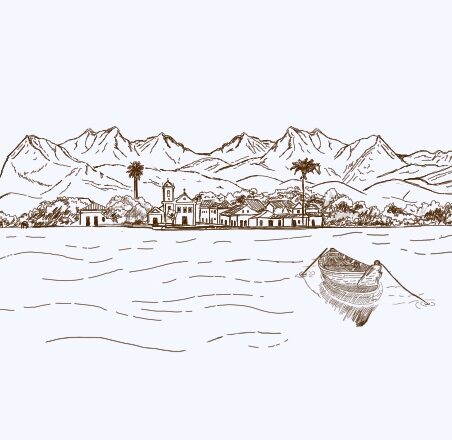Sacred Art Museum and Church’s of Paraty
Baroque Mineiro
At the height of the gold cycle, the Minas Gerais and Rio de Janeiro towns aroused interest by European culture. And it was in 1760 by French influence, that in fact the Baroque undergoes a major transformation in Brazil, thus resulting in the Baroque Mineiro better known as Baroque-Rococo. At this time they have excelled in painting the Ataíde Master largely responsible for the paintings of mining churches and the father of Baroque-Rococo Aleijadinho Master, with sculptures in soapstone and wood.
Santa Rita Church
The Museum of Sacred Art of Paraty is housed in the Capela de Santa Rita, a whitewashed stone church built in 1722 by and for free mulattoes. Your collection comprises important historical and religious relics, found and gathered from various other churches in the city. Among them are objects and utensils made of silver and gold, images of saints, antique furniture, period pieces, as well as various sacred artifacts.
The museum houses Baroque and terracotta images of angels and saints by significant sacred artists, along with numerous other pieces and utensils that are part of the Catholic Liturgy: chalices, censers, crowns, basins, thuribles, bells, jewelry, and meticulously crafted items from the 17th and 18th centuries.
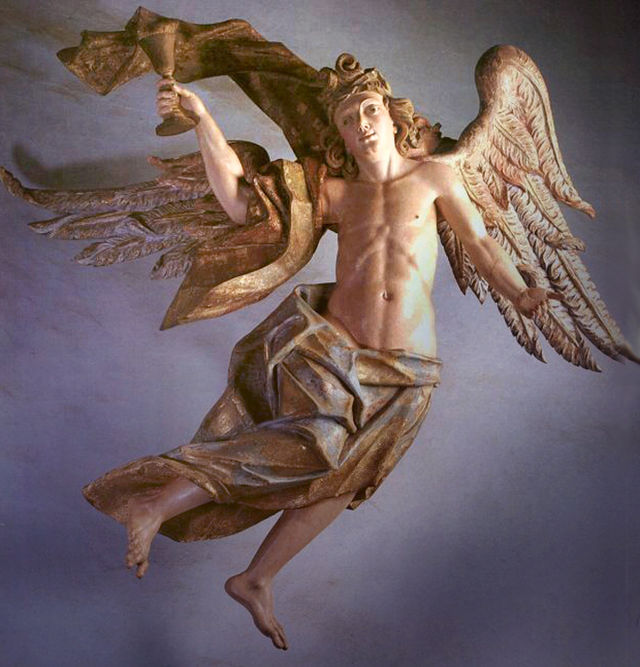
Our Lady of Sorrows Church
Located on Rua Fresca, was built in the year 1800 by women of the aristocracy of Paraty. It is also known as "Chapel". In 1901 it was almost completely renovated. The brotherhood of Our Lady of Sorrows was created in the same year and only allowed the admission of women. All the Brotherhoods of Paraty were extinguished in the 1960s.
The altars of this church are dedicated to Our Lady of Sorrows, Our Lady of Mercy, whose image is now in the Museum of Sacred Art and Lord Bom Jesus. Of particular note are the lacework of the internal balconies and the columbarium-style cemetery that surrounds the inner courtyard. The tower of this church, like the one of Santa Rita, has in the dome a marker of cock of the direction of the winds.
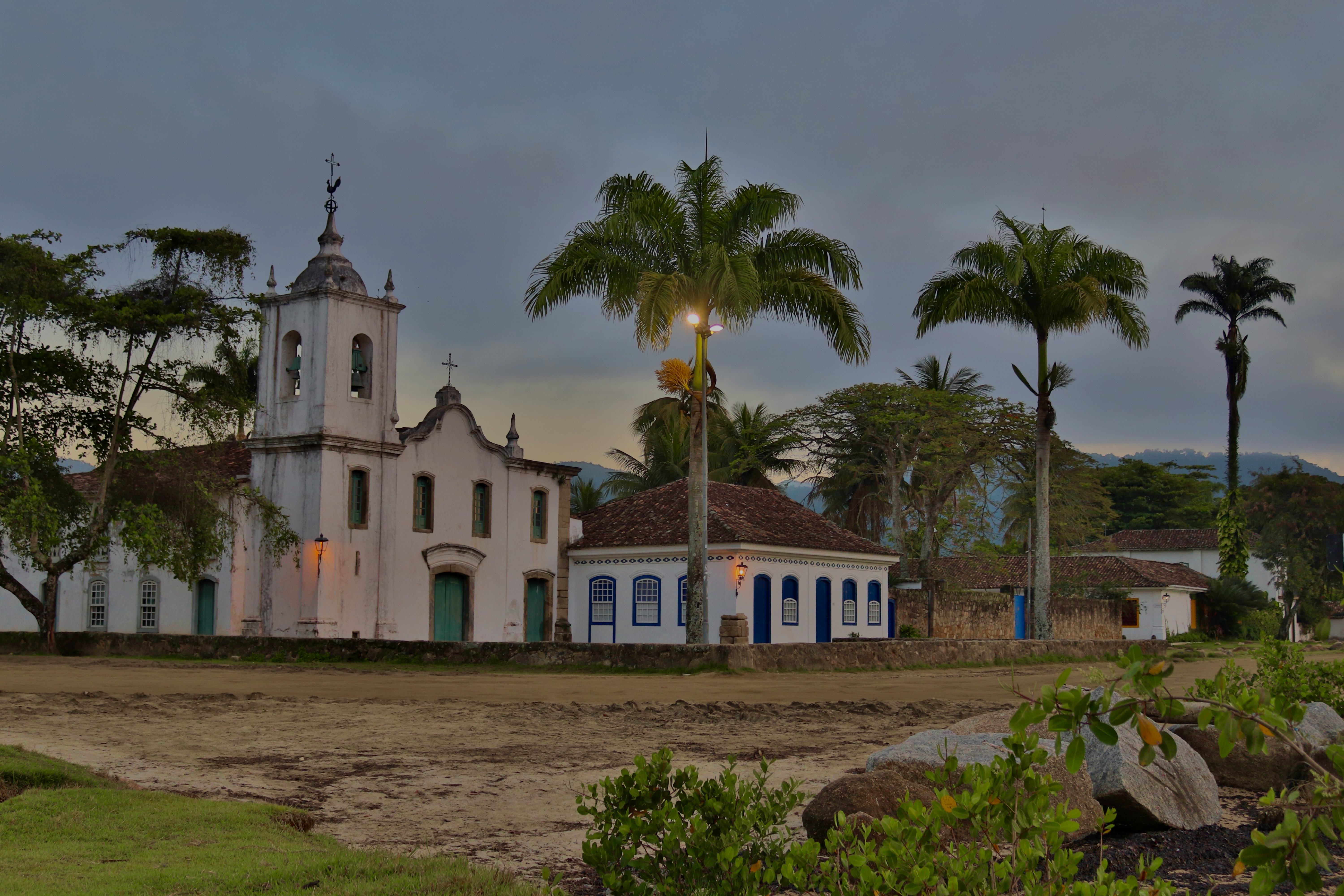
Our Lady of Rosary Church
The Church of Our Lady of the Rosary and St. Benedict, built by slaves in the early 1700s, is a significant and popular religious site in Paraty. Its ornate wooden altars, adorned with gold gilding, stand out against the whitewashed walls of the central church. A remarkable chandelier suspended from the rounded ceiling adds to the uniqueness of the visit. The church serves as a tribute to the slaves who dedicated their efforts to its construction and holds great importance in Paraty's rich social, religious, and cultural history.
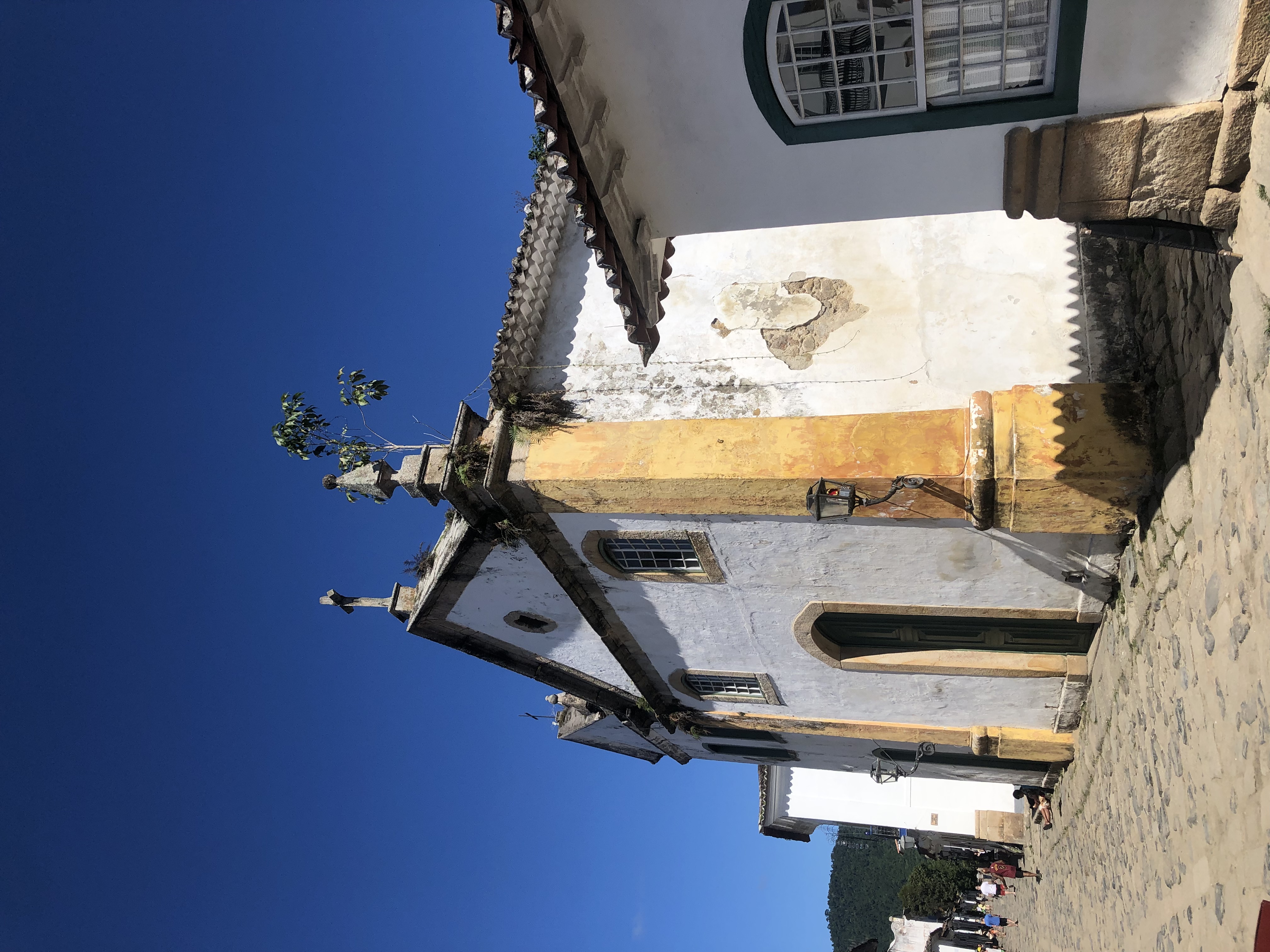
Our Lady of the Remedies
The Church is a stunning colonial-style religious building with a richly decorated interior. The exterior features a remarkable façade with stone pillars, elegant balconies, and a prominent pediment.
Above the central frontage, you'll find a cross, and the base of the church is adorned with three doors. The interior showcases a beautiful display of white, blue, and gold paper roses, along with a lovely tiled floor and quaint alcoves filled with artistic pieces.
As you explore further, you'll notice windows with small balconies along the interior walls, adorned with blue-and-white pieces of cloth. slavery past, dating back to the 1800s.
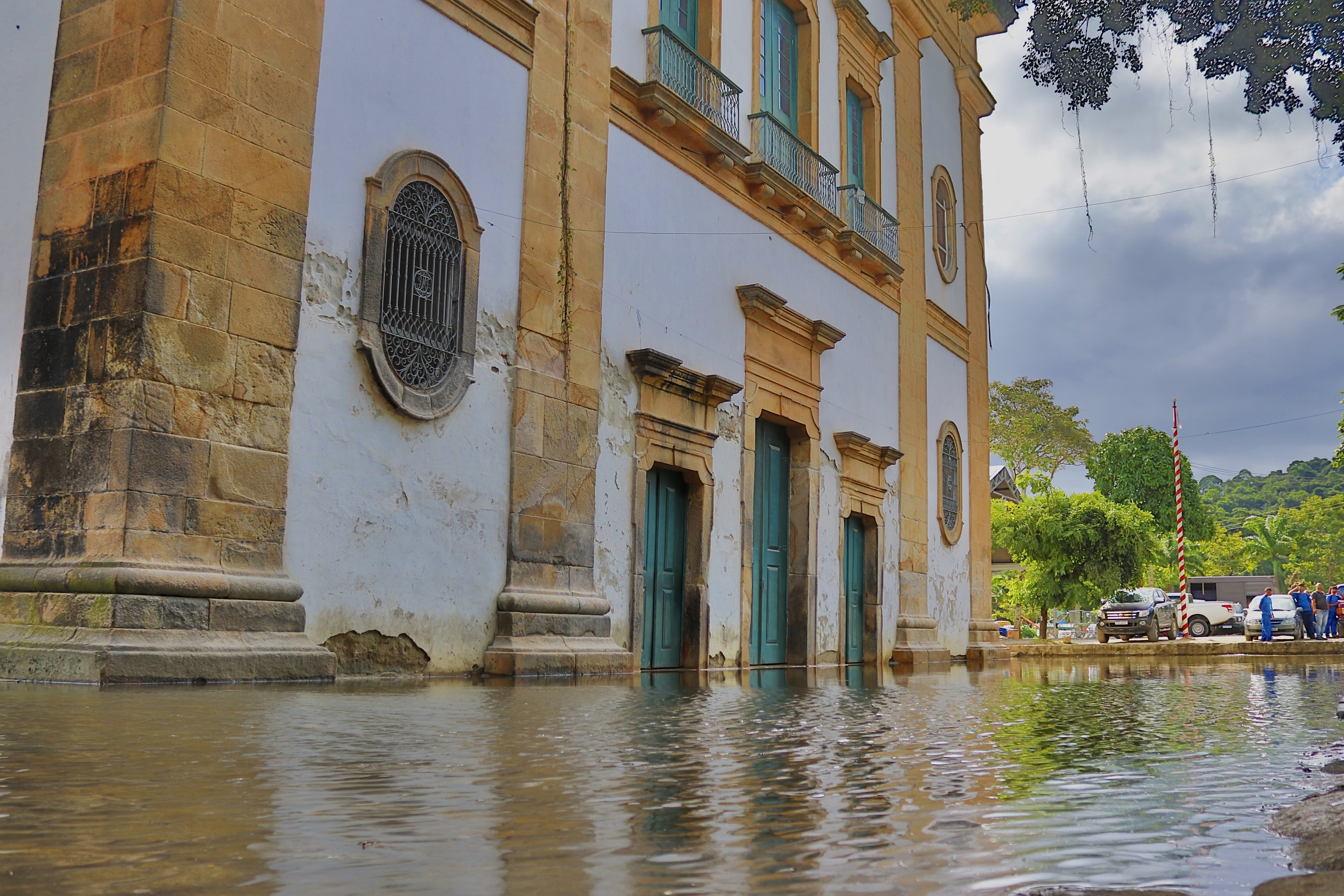
Interesting Facts About Paraty
Traces of a Historic City
Similar to Portuguese colonial towns, its urban layout consists of winding streets designed in a canal-like format to withstand floods and the flow of seawater during high tides. The small houses served as a port and trading post, being inhabited more by slaves and smugglers than by wealthy mansion owners, who lived in the sugar mills and only visited the city occasionally.
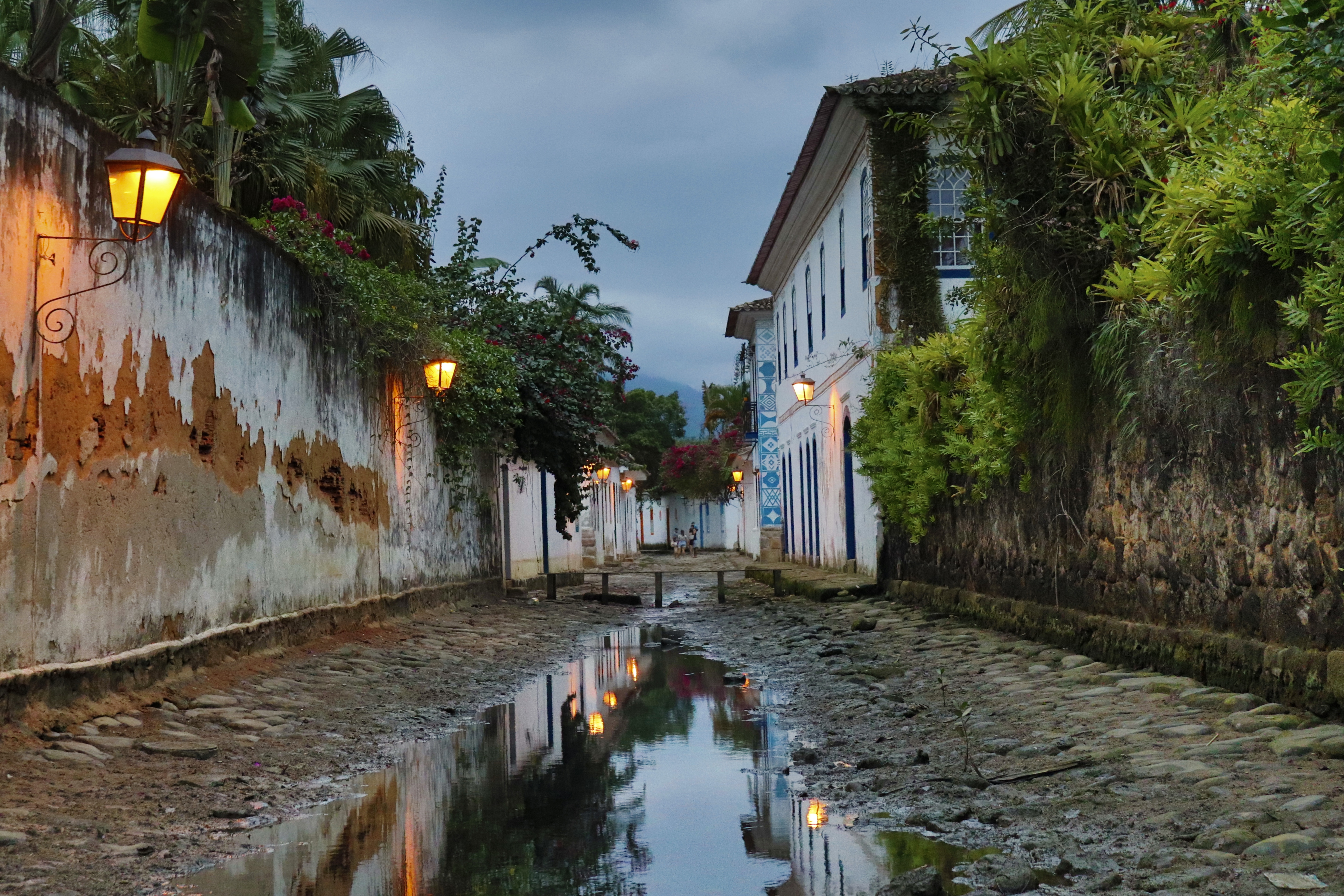
Steps of the Passion of Christ
The 6 Steps of Passion, located in the Historic Center of Paraty, represent moments of the Passion of Christ leading up to his crucifixion. They serve as oratories during Holy Week, the only time of the year when they are open. During other times of the year, the Steps remain closed and often go unnoticed by visitors.
Two of the six Steps located on Rua do Comércio and at the Santa Rita Church are original. The rest were reconstructed by IBRAM after being demolished in 1929.
During the processions of Holy Week, the doors are opened and they pass by the Steps, making stops for prayers.
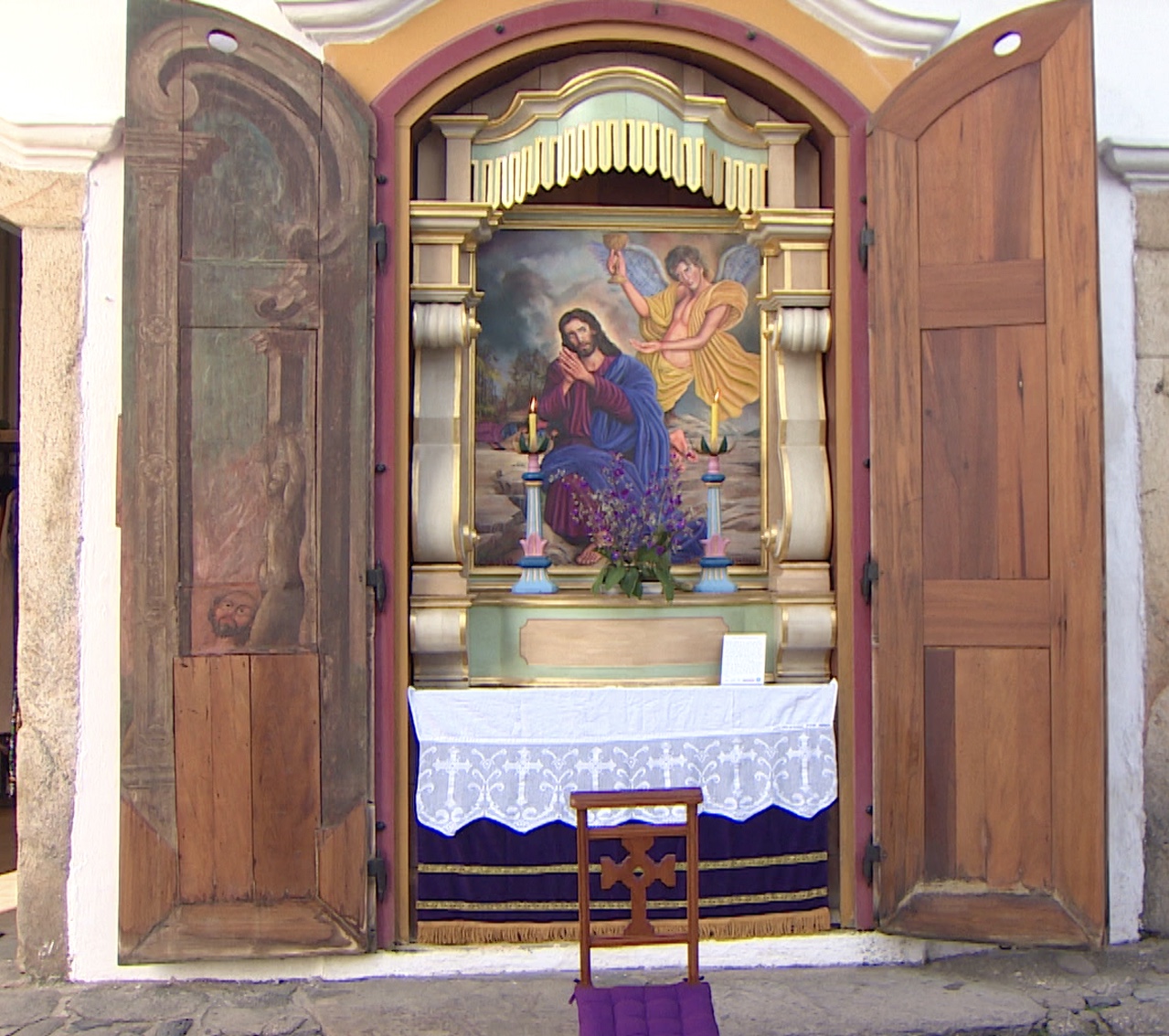
Fortifications
On a hill overlooking Paraty is situated the Forte Defensor Perpétuo. This fort was built in 1703. The fortification system of Paraty was composed of six more fortifications: da Ponta Grossa, da Ilha das Bexigas, de Iticopê, da Patitiba, da Ilha do Mantimento e da Bateria do Quartel.
Booking now
Important to know
- Embark on an exhilarating journey in history
- Occasionally, cold fronts bring cooler temperatures into the region. When a front passes over an area, it means a change in the weather. Many fronts cause weather events such as rain and thunderstorms.
